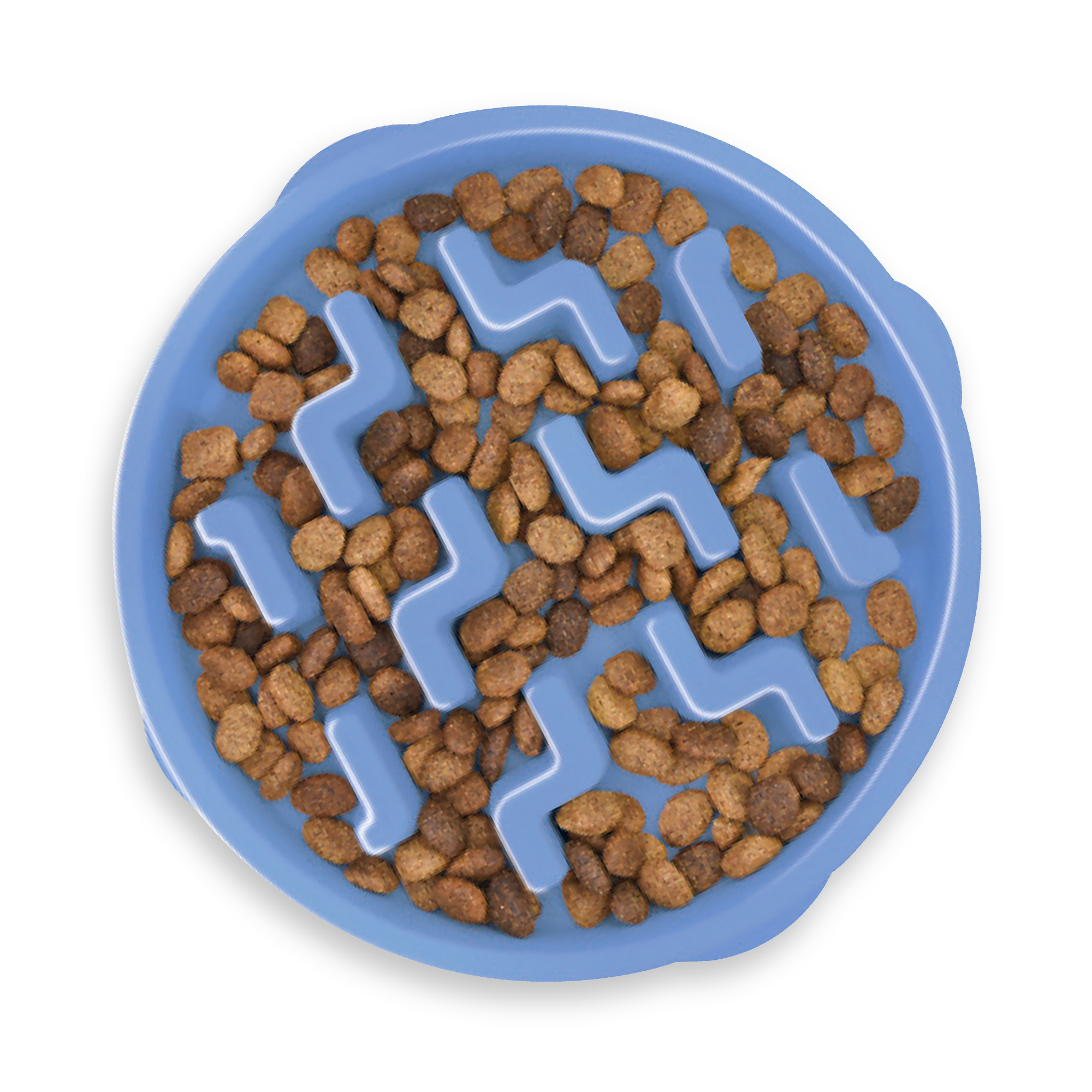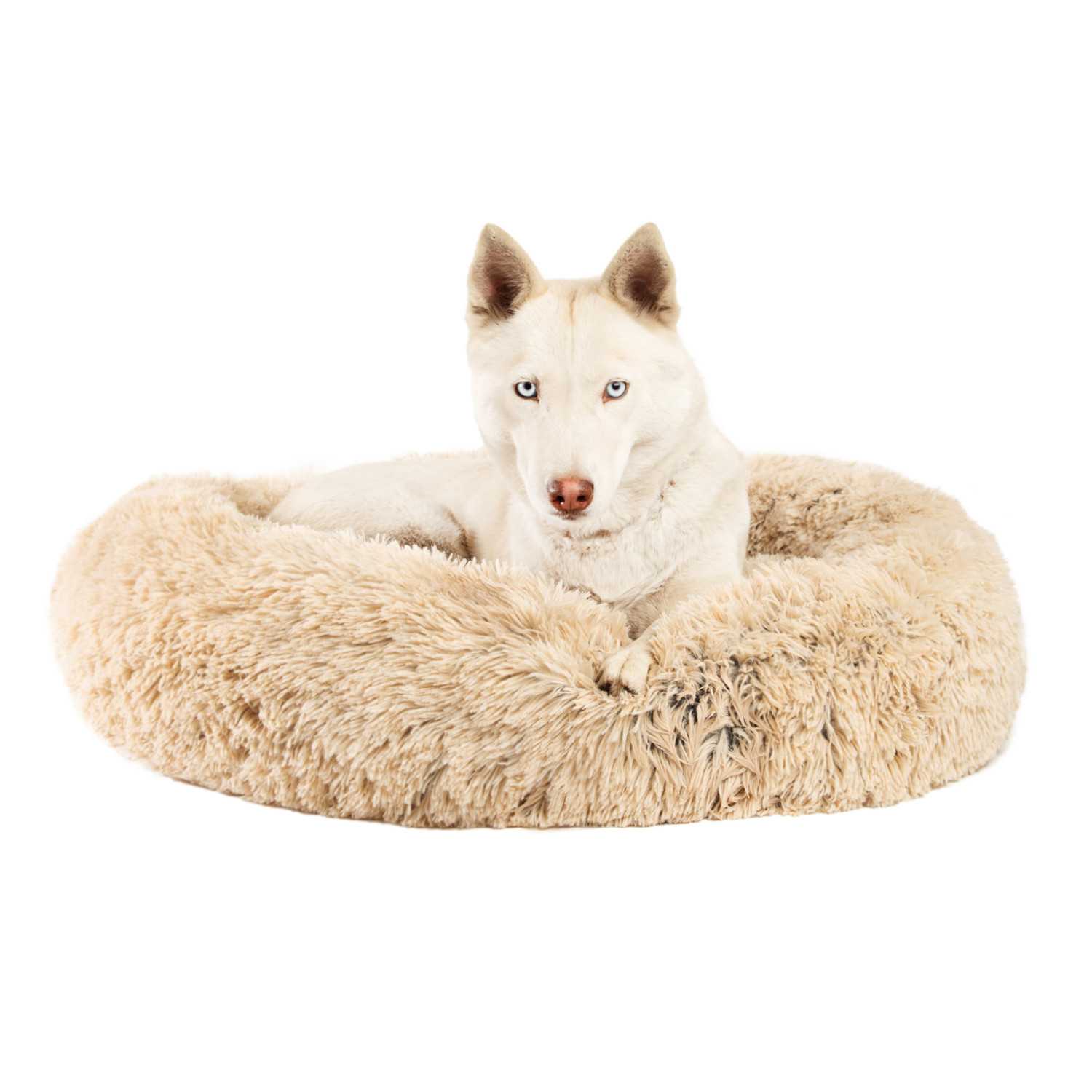Puppies are fantastic. They’re extremely cute and adorable. Some people think puppies are the sweetest thing in the world. A man’s best friend. However, learning how to take care of a new puppy is not the easiest thing to do.
Sure, you are in for unbridled joy and a very enriching life experience. But it also comes with many responsibilities, like cleaning up after them, and yes, that does include those little puppy accidents.
You also need to take into account your puppy in pretty much everything you do from here on out. That includes holidays and work hours. And you’ll need to give thought to puppy-proofing your home, too.
You will soon discover that a new dog needs a lot more than just puppy food, water, and a cozy bed to be happy and well-adjusted. Your new furry friend will require your time and attention.
For example, when you first bring a new adult dog or puppy home, they’re going to keep you awake for the first few weeks. Puppies aren’t used to sleeping alone without their mother. Don’t panic though! Be assured, in the end, it’s well worth the effort. It’s all about laying a good foundation through those initial weeks, of heartache and regret, where you will be creating the basis for many years of happiness for you and your pup.
Here are a few tips to make sure you provide the best care for your new buddy.
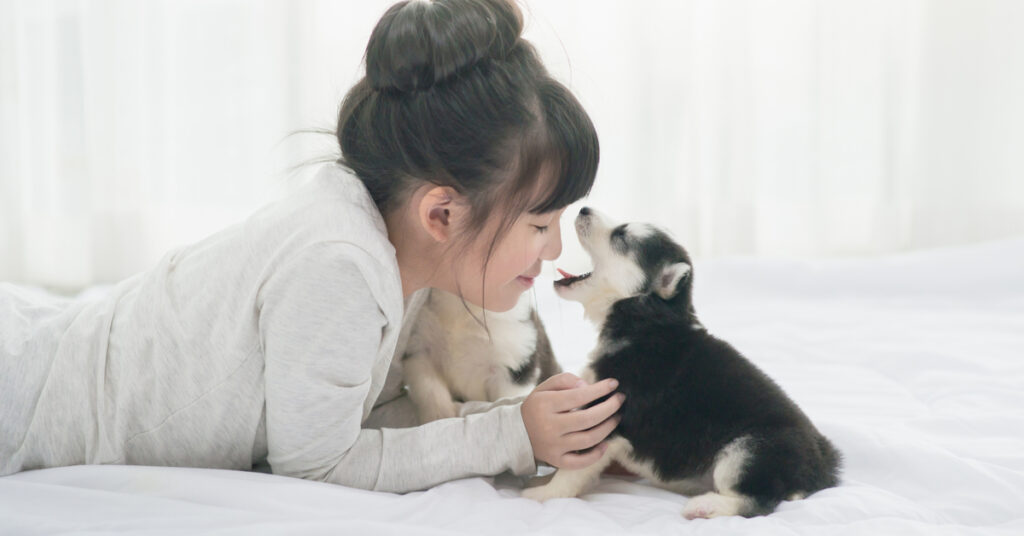
Set up Their New Environment
Before you even look at dogs from a rescue or breeder, try to figure out if you and/or its new family have the room in your home, and more importantly, your life, for a puppy (that’s eventually going to become a larger version of itself).
Be honest with yourself, are you going to be able to spend time with your pup, are you going to walk it?
Can you make arrangements to have your pup looked after when you can’t be home for an extended period of time?
Do you have physical space to look after it?
Do you have room for food, chew toys, water bowls, a dog bed, and a crate? Will it encroach on your personal space?
These are the questions you need to have in mind when getting a pup. Without the right environment, neither of you is going to be very happy.
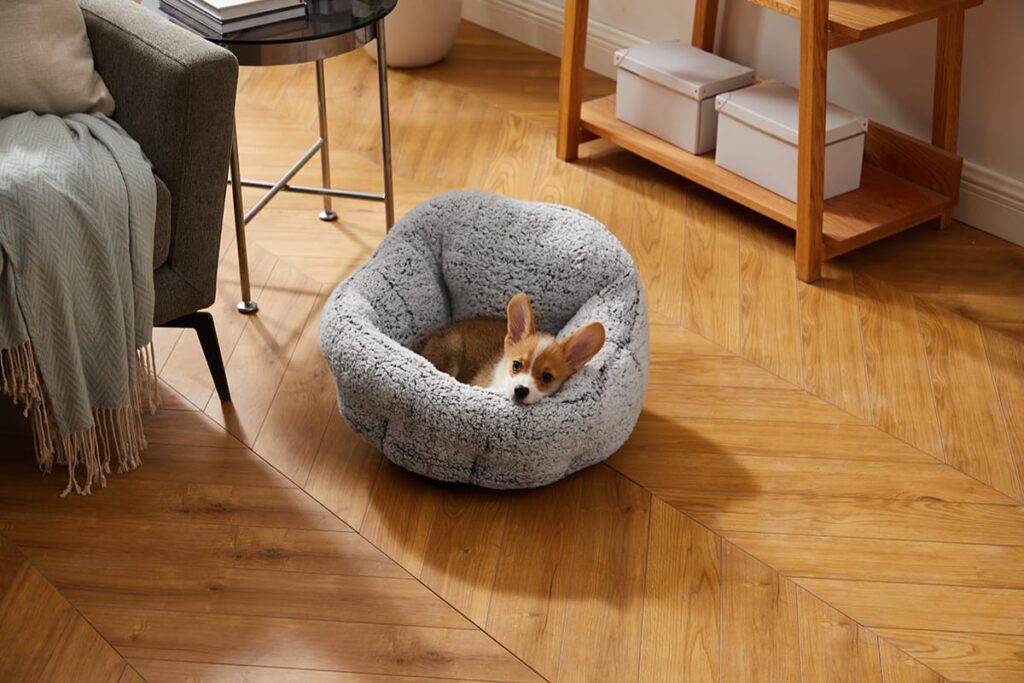
Safety first
Before you bring your new puppy home, make sure it’s a safe place for a young puppy. Take a look around and put any exposed electrical cords or breakables out of reach.
Dogs explore the world with their mouths, so if there’s anything left out you don’t want to find chewed up and ruined, move them somewhere safe.
Find a Good Vet for Puppy Care
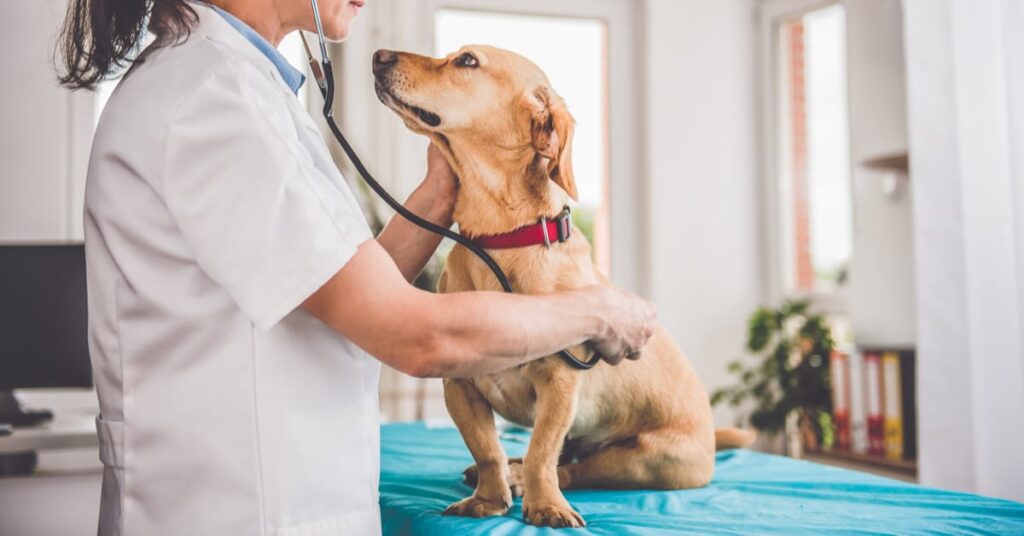
Your new furry friend will have to get a check-up by a vet regularly. Make sure you know where to go for the first time and whether you can afford it. The first vet visit is a priority, as is setting up a spay or neuter appointment and getting a microchip.
This visit will not only help ensure that your first puppy is healthy and free of any serious health issues, birth defects, etc., but it will also help you take the first steps towards a good preventive health routine. They’ll set you up with flea and tick meds as well as heartworm preventative. Use the internet and ask friends for recommendations to find a good vet.
If you are adopting a dog, the shelter usually has a good idea of who is the best vet, but also dog walkers and groomers are plugged into the dog care scene.
Don’t Feed Them Just Any Dog Food
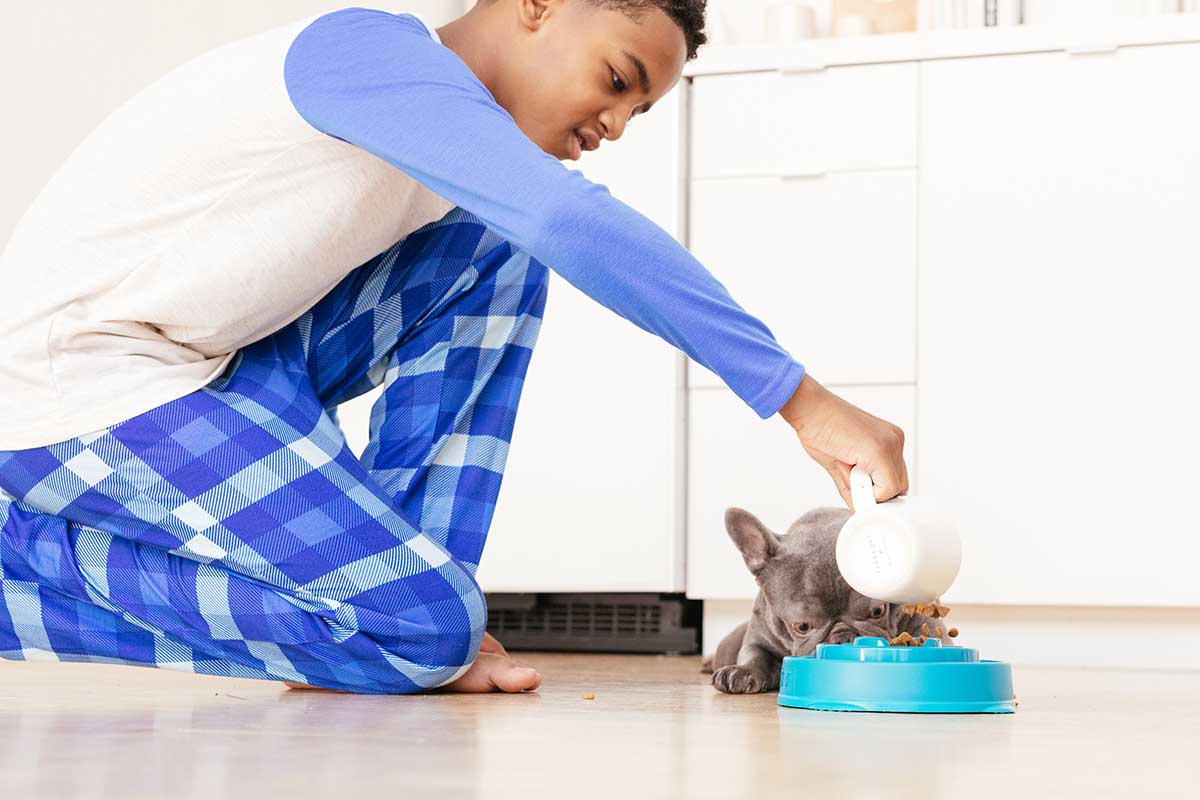
When you walk into a pet store, you will be amazed by the variety of choices you have in dog food, from dry food to wet food, to cheap to expensive. There is dog food with all sorts of fantastic sounding additives and some that swear on having as little as possible in terms of chemicals.
Considering how much research your average Joe puts into their own dietary needs, it’s important that you put in the time to research the best food for your breed dog. Unfortunately, they can’t use the internet.
Here are some things to keep in mind:
Try to avoid buying a big bulk pack straight away, start small and find what your dog likes and digests well, then go for the big bags.
Pups will need more food as they grow so adjust how much food you buy accordingly. When it comes to getting the premium stuff, that’s up to you. You need to consider if you can afford it and if it’s better for your dog’s health.
The Bathroom Routine: Potty Training

This is the tricky one, establishing a bathroom routine — and it’s a lot of work.
Be aware that mistakes are going to happen when housebreaking, especially in the beginning. There are heaps of products that all tell you they will make this stage a breeze. Sadly, though, the reality isn’t as kind. There will be poop on your rug at some point.
What you really need is discipline and consistency when it comes to house training or crate training. Dogs respond to basic reward or punishment triggers, and experience tells us that reward triggers work better. So use positive reinforcement and give your dog a treat when they’re doing well.
Get your puppy to go on a puppy pad first or choose a suitable potty location in your home. When they go to the bathroom successfully, give them a reward for their good behavior.
You don’t want to start training them to go to the bathroom outside initially. It’s best to do this indoors until your dog gets all its puppy vaccinations. The last thing you want is a sick pup.
After your dog has had all its vaccinations, bring your puppy outside for regular walks.
Make sure there is a clear connection for your dog between going on walks and going to the bathroom. Creating a routine is crucial so your dog can get into a rhythm. For example, early morning walks, after-work walks, and after-dinner walks when the food bowl is cleared are great for the health of your pet…and toilet time.
Teach Good Manners Early
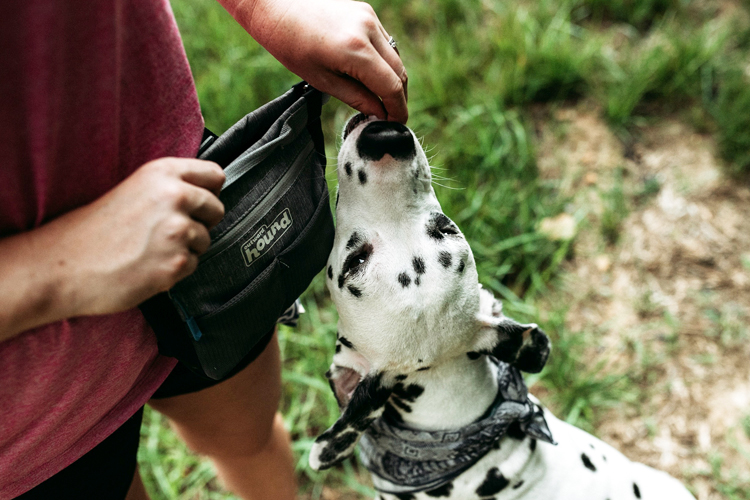
By teaching your puppy good manners, you’ll set your puppy up for a life of positive social interaction with humans and dogs. Obedience training will also help forge a stronger bond between you and your puppy.
As with bathroom training, positive rewards work best for teaching good manners. You can start with basic commands such as sit, stay, down, and come. And when they obey, give them a treat.
Over time transition from treats to petting. Not only is training fun to do, but it will also help you maintain control and keep your dog safe.
If you have a hard time getting your dog to do these things, it might be wise to take it to an obedience class. Dog owners can typically bring their puppies in from 4 to 6 months.
Make Your Dog an Extrovert
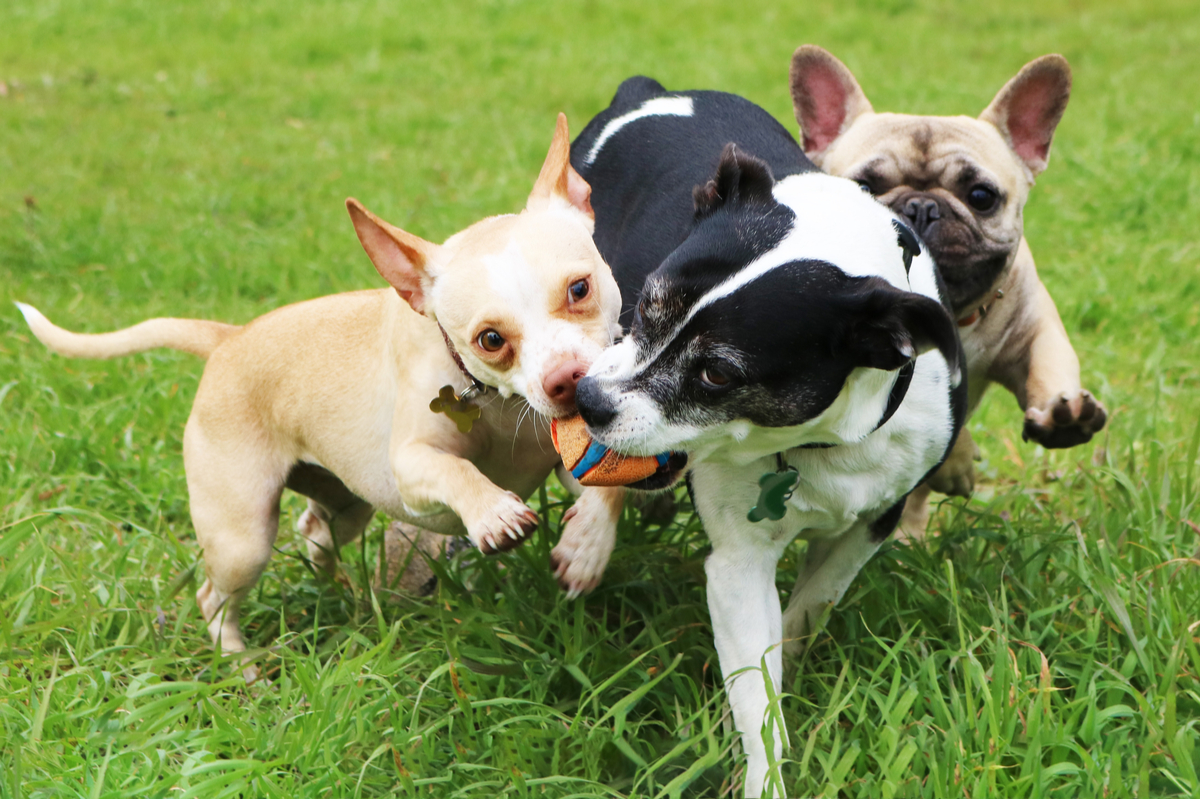
The third important training for your puppy, next to bathroom and obedience, is socialization. Dogs who are kept too long by themselves will get into bad habits when taken out of the house for a walk. This could be shown through aggressive behavior or fear towards other dogs and even other people.
If you keep your puppy in the house for too long, it might become overprotective of its owner or just scared of the wider world.
At approximately 2 to 4 months of age, most puppies begin to accept other animals, people, places, and experiences. This is about the right time to let your new furry friend make its own furry friends.
New Puppy Essentials
Dogwood Wood Alternative Dog Chew Toy, Puppy 2-pack, Multi, Small
$9.99 $8.99
A safe and long lasting alternative to chewing real wood sticks, Petstages Dogwood product line has all the taste and texture of a natural tree branch, but will last much longer and won’t splinter and cause potential harm to your beloved pup. Dogwood combines real wood with lead-free and phthalate-free synthetic strength, making it a chew toy favorite amongst dogs. The Puppy 2-pack comes with 2 small…
Fun Feeder Slo Bowl, Slow Feeder Dog Bowl
$0.00 $0.00
Why do dogs feel like eating is a race? We’re not sure, but we solved the problem anyway. With meal-lengthening ridges, deep grooves, and challenging mazes, Outward Hound Fun Feeder Slo Bowls keep pups engaged for up to 10x longer at chow time. By creating a fun, healthy eating pace, our slow feeders help reduce obesity and bloat and improve your dog’s digestion for happier, healthier pups…
Mini Bone Tug Puppy Chew Toy, Multi
$6.99 $3.99
The Petstages Mini Bone Tug Puppy chew toy is a floppy and fun take on a traditional chew toy. This multicolored chew toy is made of three interlocking rubber bones that feature a ridge texture that massages your puppy’s gums as they chew. The pliable rubber material makes this chew toy great for games of tug-of-war as well toss and fetch. Cleans easily with warm soap and water.IMPROVES DENTAL HEALTH:The…
Puppy Smart Interactive Treat Puzzle Dog Toy, Blue
$16.99 $12.99
The Nina Ottosson by Outward Hound Puppy Smart interactive dog puzzle is a fun way to get your dog excited about problem solving games! This level 1 dog puzzle toy features nine treat hiding compartments that can be filled with your pup’s favorite treats and covered with nine dog bones that release the tasty scent of treats through the top hole. Place on the ground and watch your dog use his noggin as…
The Original Calming Donut Shag Cat & Dog Bed
$59.99 $30.00
Give your pet more than just a dog bed! Best Friend’s by Sheri is the original creator of the most popular dog bed that has surfaced the internet in recent years: The Calming Donut Dog Bed. This innovative cuddler shag design provides better sleep, supports joints, and offers a calming, self-warming effect. The donut cuddler is carefully crafted with durable, vegan nylon and filled with AirLoft fibers,…
Written by Hugo Morris

